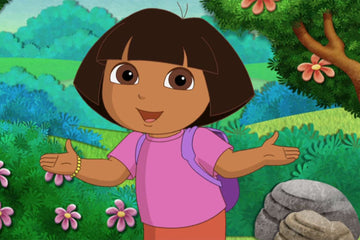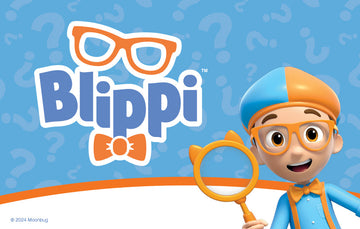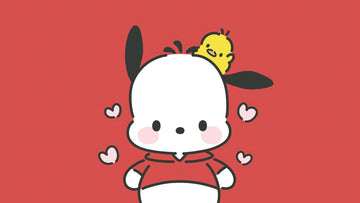Planning a birthday party for kids can be both exciting and challenging. Parents want to create a memorable experience while ensuring everything goes smoothly. Knowing the unwritten rules of arranging a children’s birthday party can help make the event enjoyable for everyone.
Understanding the expectations and preferences of kids and their parents is important. With the right approach, the party can be an engaging experience that includes fun activities, tasty food, and a great atmosphere. Following these guidelines can lead to a successful celebration that keeps both children and parents happy.
1) Send invitations early
Sending invitations early is key to a successful birthday party for kids. It gives parents time to adjust their schedules and plan accordingly.
Typically, sending invitations about three weeks in advance works well. This allows guests to respond and reduces scheduling conflicts.
Digital invitations can be a quick option, but traditional paper invites are often more exciting for kids. Both methods should clearly state the date, time, location, and any special details, like themes or activities.
Reminders can also be helpful. A quick follow-up a few days before the party can boost attendance. This is especially useful for busy families who might forget.
Early invitations help create a sense of anticipation. When kids know about the party in advance, they can look forward to celebrating with friends.
2) Plan a short party
Planning a short party helps keep the kids engaged and excited. Typically, a duration of one to two hours is ideal. This timeframe allows for games, cake, and presents without causing boredom.
Kids have limited attention spans. A shorter party means they are less likely to feel restless or overstimulated. It helps maintain their enthusiasm.
A focused schedule also allows for easier management. Organizers can plan specific activities that fit the time available. This leads to a more enjoyable experience for everyone.
Consider starting with games, followed by cake, and ending with gifts. Each part can flow smoothly without a long wait time. This keeps energy levels high and ensures all activities are covered.
Short parties also make planning simpler. Fewer details and less food can reduce stress. It lets hosts focus on making the event fun and memorable.
3) Choose a fun theme
Picking a fun theme can make a birthday party special. A good theme sets the mood and gives kids something to look forward to. It can be based on movies, cartoons, animals, or even hobbies.
When choosing a theme, consider what the birthday child enjoys. For example, if they love dinosaurs, themed decorations, games, and snacks can create excitement. Simple items like dinosaur balloons and plates can enhance the fun.
A theme also helps with planning. Organizing activities and party favors becomes easier when there is a clear focus. For instance, for a superhero theme, games can involve challenges related to their favorite heroes.
Colors play a big role too. Using the theme colors for decorations, cake, and party hats ties everything together. This can make the party look vibrant and fun.
Lastly, don't forget to involve the kids in the planning if possible. Letting them share their ideas makes them feel important. This can make the party even more enjoyable for everyone.

4) Include RSVP details
RSVP stands for "répondez s'il vous plaît," which means "please respond." It is important to ask guests to reply to an invitation. This helps know how many kids will attend the party.
When sending out invitations, include clear RSVP details. This can be a phone number, email address, or a simple yes or no on a card. The details should be easy to find on the invitation.
Set a deadline for the responses. This gives enough time to plan food, games, and seating. A deadline like one week before the party works well.
Make reminders for guests who may forget. A friendly reminder a few days before can help parents respond. It shows that their response is important.
Tracking RSVPs helps avoid waste. If fewer kids come, less food and party favors are needed. It can also make the event more enjoyable for everyone.
5) Have age-appropriate games
Choosing the right games is key to a fun birthday party. They should match the ages of the kids attending. This ensures everyone can join in and enjoy themselves.
Younger kids may like simple games like "Duck, Duck, Goose" or "Simon Says." These games help keep their attention and are easy to understand.
For older kids, consider games like a scavenger hunt or relay races. These activities can be more challenging and can involve teamwork.
When planning games, think about safety. Avoid any games that could lead to injury. Make sure that each activity is safe and suitable for all the young guests.
Including a mix of physical and quieter games can keep the energy balanced. After more active games, it can be nice to have a quieter activity like coloring or crafts.
By having age-appropriate games, the birthday party can be enjoyable for everyone. It creates a fun and memorable experience for all the kids involved.
6) Prepare simple snacks
When planning snacks for a kids' birthday party, simplicity is key. Easy-to-prepare foods keep things fun and stress-free.
Finger foods are a great choice. Items like mini sandwiches, veggie sticks, and fruit skewers are easy to grab and eat.
She can also include snacks that don't require utensils. Popcorn, cheese cubes, and crackers are popular options. These snacks are tasty and manageable for little hands.
Don't forget about sweets! Simple treats like cookies or cupcakes are always a hit. They can be made at home or bought from a store.
Having a variety of snacks can cater to different tastes. Some kids might prefer savory options, while others lean towards sweet.
Keeping the snack table colorful can also attract kids' attention. Bright fruits and fun shapes make food look more appealing.
Make sure to consider allergies. It's wise to check with parents to avoid any issues. Preparing a few allergy-friendly options can help everyone enjoy the party.
7) Arrange for a cake-cutting ceremony
A cake-cutting ceremony is a key moment at any child’s birthday party. It brings everyone together and adds excitement to the celebration.
Choose a time during the party when most guests can gather. This could be after games or activities, when energy is high.
Make sure to have a nice cake that fits the party theme. It can be store-bought or homemade, depending on preference.
When it's time for the cutting, gather all the kids around the cake. Taking photos or videos of this moment is a great idea. It captures the joy of the day.
Encourage the birthday child to make a wish before cutting the cake. This little tradition adds to the fun and excitement.
After cutting, serve the cake to guests promptly. Children often look forward to this treat. Having plates and utensils ready can help everything go smoothly.
A cake-cutting ceremony brightens up any birthday party. It allows everyone to share in a special moment.





